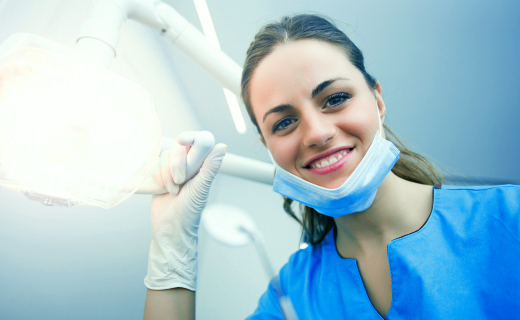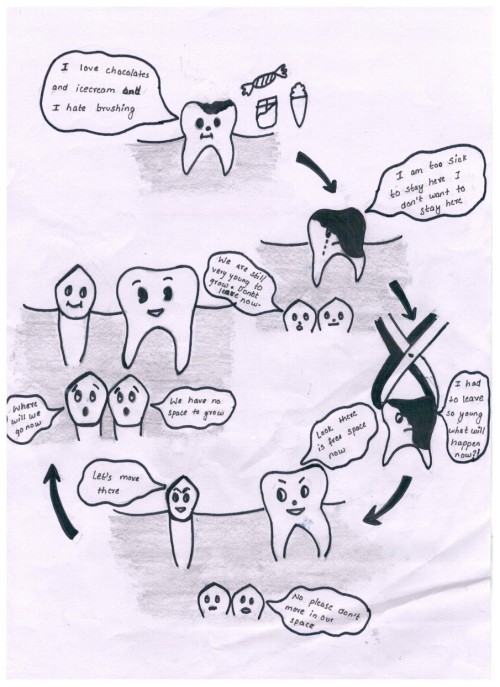Laser Dentistry: An Overview

Advancements in technology have led to great strides in the field of dentistry. Laser technology, for example, has transformed certain procedures, and offers advantages for patients and professionals, alike.
Keep reading to learn more about laser dentistry, including its uses, benefits and more.
What is Laser Dentistry?
Laser dentistry techniques employ the use of a narrow beam of light, which is designed to treat a wide variety of dental issues. For example, laser technology can be used to addressed problems with the teeth, as well as with the gums and other soft tissues of the mouth. What’s more, laser dentistry is used in both surgical and cosmetic procedures, and can also prevent infections and other complications.
How is Laser Dentistry Used?
Some common applications of laser dentistry include the following:
- Biopsy procedures. Since dental lasers can shape or remove tissue, they can be especially useful during biopsy procedures.
- Reshaping tissue. Laser technology is often used to reshape the gums, which is often necessary during root canal procedures and in the treatment of gum disease, but can also be done for cosmetic purposes.
- Frenectomies. Laser procedures can be used to remove the frenulum, which is a band of tissue located beneath the tongue. This procedure is common among infants, and is often performed to treat “tongue-tie.”
- Cavity detection. Low-intensity lasers can be used in the early detection of cavities, which can help reduce and prevent tooth decay.
- Reducing sensitivity. Lasers can reduce discomfort by sealing an area in the tooth’s root that is responsible for sensitivity to hot and cold temperatures.
- Fillings. Lasers can kill bacteria and remove decay, which prepares the tooth for filling, and eliminates the use of the traditional drill.
- Pain relief. Lasers are often used to relieve the pain associated with TMJ and cold sores.
- Teeth whitening. Laser technology can speed up the whitening process, and can also result in a brighter, whiter smile.
What are the Benefits of Laser Dentistry?
There a number of advantages associated with laser dentistry, a few of which are listed below:
- No drilling. Since lasers can be used on both hard and soft tissues, it often replaces the use of the drill. This can reduce fear and discomfort among patients, and also make things easier for dentists and dental assistants.
- A reduced need for anesthesia. Certain laser procedures require no anesthesia, which can reduce the risks associated with anesthetic drugs.
- Minimized damage. Laser dentistry is more precise than traditional methods, which means it can reduce the damage to surrounding teeth and tissues.
- Quicker healing. Laser procedures are associated with faster healing, as well as quicker regeneration of tissues.
- Reduced risk of infection. Unlike with traditional surgery, the risk of infection with laser procedures is minimal.
- No stitches. Lasers can eliminate the use of sutures, as well as minimize swelling and bleeding, in soft tissue procedures.
Are There Risks?
As long as laser therapy is administered by a trained, licensed dental professional, this type of dentistry is considered extremely safe and effective. If you think laser dentistry is right for you, talk to your dentist today, and ask about this innovative technology.
– Article BY Jennifer Smith






